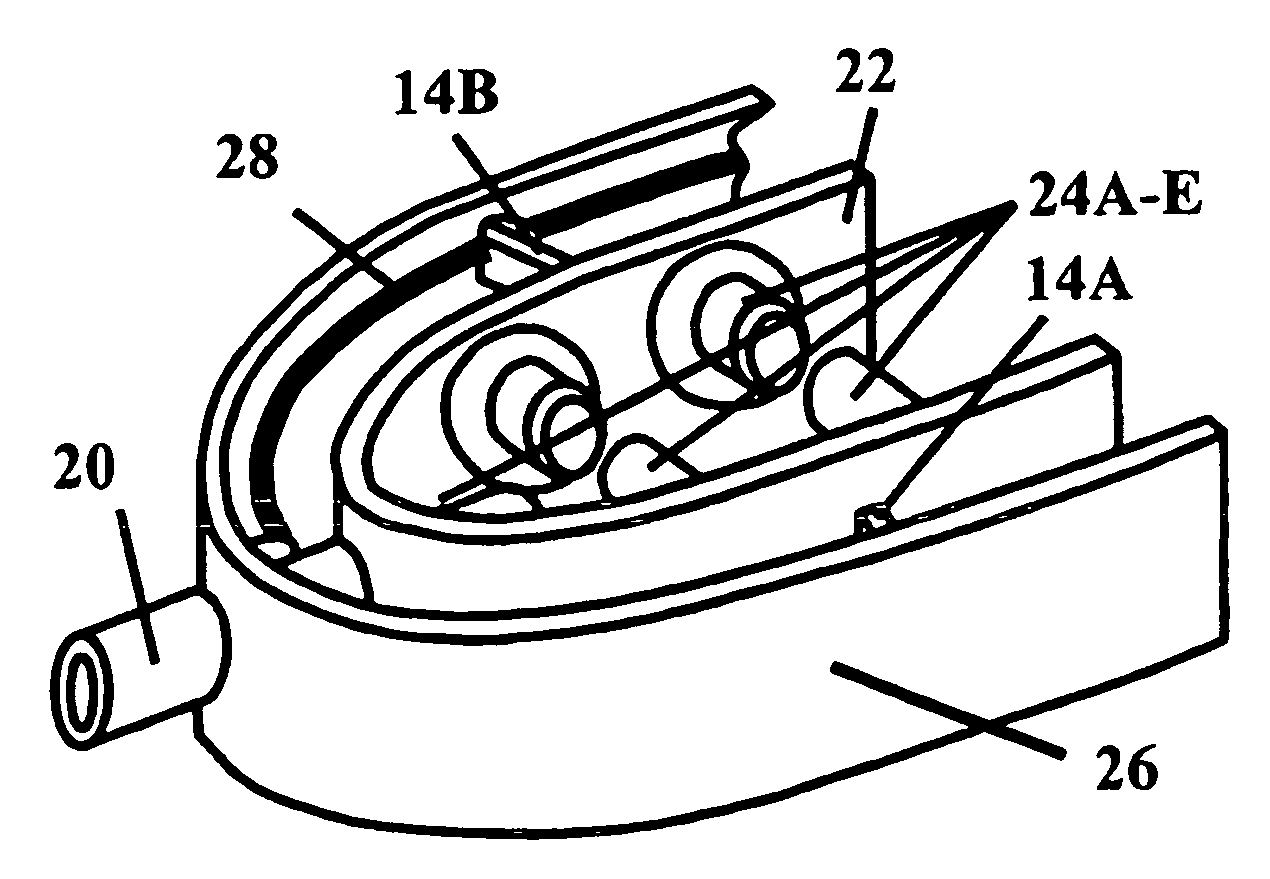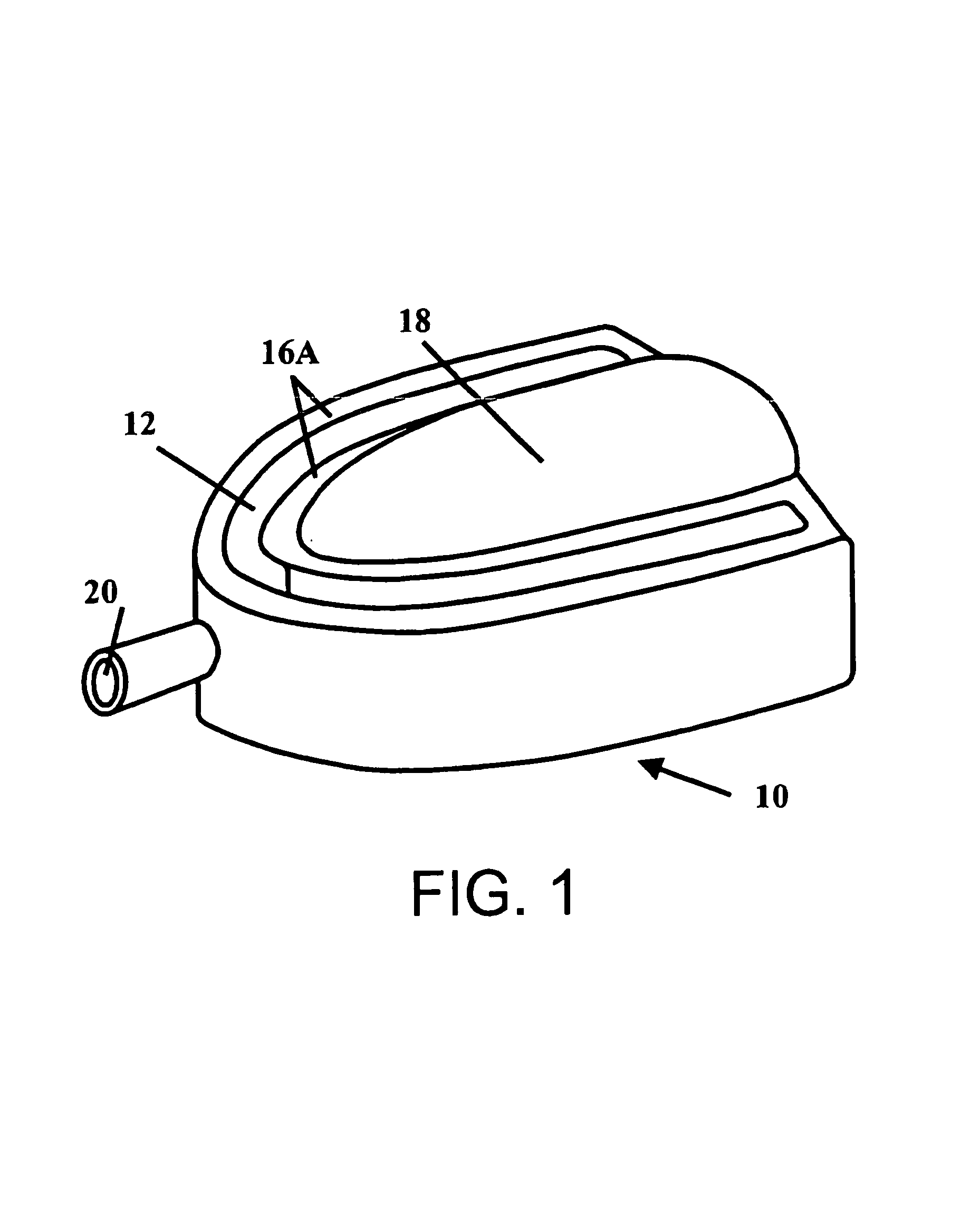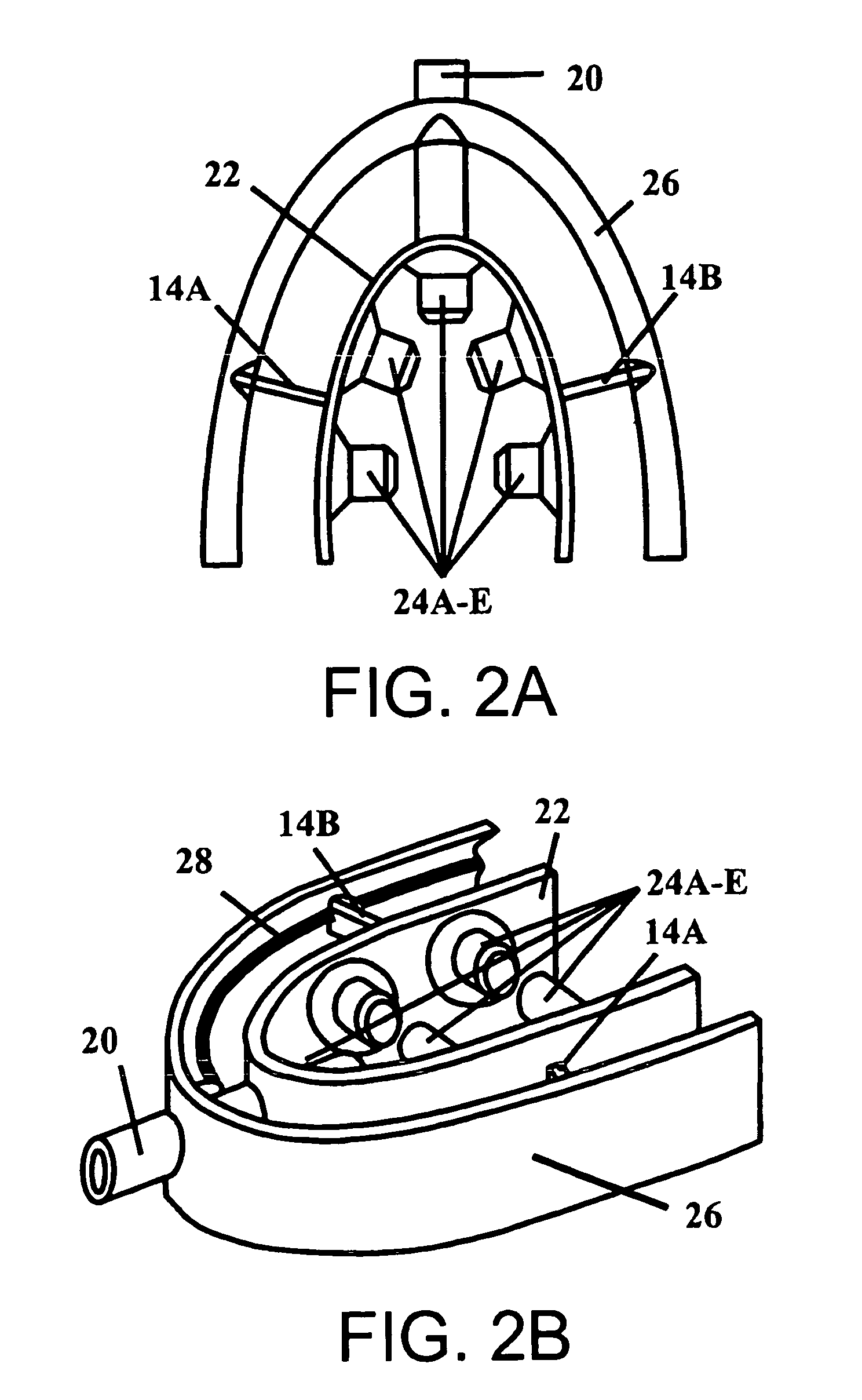1. It produces uneven result, more brushing on prominent and easy-to-reach areas and less brushing on depressed and hard-to-reach areas.
2. It does not clean areas that are inaccessible to
brush bristles such as inter-dental and gingival areas.
3. It inherently involves a low brushing frequency.
4. It cleans a small area at a time, hence, it is
time consuming and a user has to
brush over the entire dental surface.
5. It is difficult to provide just the right amount of brushing.
6. It is difficult to brush along the direction of tooth crevices as recommended.
7. It is difficult to maintain just the right pressure.
8. It requires some dexterity from users, which is not typically the case for children or many handicapped adults.
9. It produces inconsistent results for different users and at different times for the same user.
The bristles and the
abrasive particles in
dentifrice can damage the dental surface and the gums if not used correctly.
Users have to move their hands vigorously, and such motion can cause
muscle fatigue and stress.
The major challenge for
dental cleaning is the imperfection and randomness of dental surface.
However, since the contours of dental surfaces are so diverse from one individual to another, and from one area to another for the same individual, the result is hardly satisfactory.
Unfortunately, these designs do not provide satisfactory results as hoped and are difficult to use.
Another major challenge for
dental cleaning is that there are areas inaccessible to bristles, such as inter-dental and gingival areas.
However, these devices can only be used in places that are directly accessible from the outside and are not effective in removing plaque.
Furthermore, a user has to work in each tooth crevice, which is time and labor consuming.
Similar to
dental floss, using a high-pressure
water jet device is also time and labor consuming, and it is not very effective in removing plaque.
In addition, high-pressure
water jet irritates gums and may cause bleeding and damage.
But a
timer can only control the total time of a brushing session.
Unless the user can uniformly distribute the preset total time, a
timer is not very effective.
In order to obtain the desired motion of the brush head, most of the prior-art designs have used rather complicated
mechanical transmission systems involving many
moving parts, especially those with complex motion type or with a multi-sectional brush head.
Complex mechanical systems are inherently unreliable, costly, energy inefficient, and produce discomforting
noise.
Each of these particular motion types may be suitable for particular sections of dental surface, but none of them alone provides satisfactory results for the entire dental surface.
However, similarly to using bristles of different lengths, the improvement is rather limited.
Like their manual counterparts, they are not effective and rather difficult to use.
Furthermore, they require very complex mechanical systems.
1. They consist of many moving mechanical parts, which often result in low reliability and high manufacture cost.
2.
Brush heads are rather expensive, and they involve substantial cost in long run.
3. They produce discomforting
noise.
4. Their
mechanical transmission systems are energy inefficient, and the
moving parts suffer from considerable friction, since they constantly undergo a stop-and-go (or forward-and-reverse) type of motion.
Thirdly, the bristles stir air into the
thin layer of liquid making it into a foam form, which is a very poor
acoustic medium that can hardly sustain significant acoustic pressure.
Fourthly, the air bubbles and
abrasive particles are strong acoustic scatters.
Based on their transverse motion, brush bristles can hardly generate longitudinal
acoustic wave with sufficient cleaning power that propagates into inter-dental areas.
This action results in a violent local agitation of the liquid, which produces a thorough cleaning effect.
Ordinary electrical toothbrushes, limited as they are by their mechanical systems, do not operate at such high frequencies at all.
Unfortunately, the basic physical principles do not support that idea and none of the proposed ultrasonic
toothbrush has been successfully produced.
Otherwise, ultrasound is not only ineffective, but also hazardous.
Unfortunately, these prior-art designs disregard basic physical principles and safety issues of ultrasound application.
2. The radiation surfaces of the applicators are too far from the teeth.
3. They provide either insufficient ultrasound radiation to the dental surface or excessive ultrasound radiation to other surfaces of the
oral cavity.
4. They do not provide uniform ultrasound radiation on the dental surface.
5. Most of them operate with
open mouth hence the
upper teeth are not effectively cleaned or not cleaned at all.
6. They provide insufficient protection or no protection at all to mouth tissue.
7. They require large amounts of cleaning solution.
8. They are not energy efficient because of the nondiscriminatory radiation.
9. They are difficult to use, especially for self-use.
They involve high risk of injury and damage by ultrasound radiation.
In conclusion, despite the improvements of
dental hygiene devices over the years, many problems remain either unsolved or their solutions remain unsatisfactory.
 Login to View More
Login to View More  Login to View More
Login to View More 


